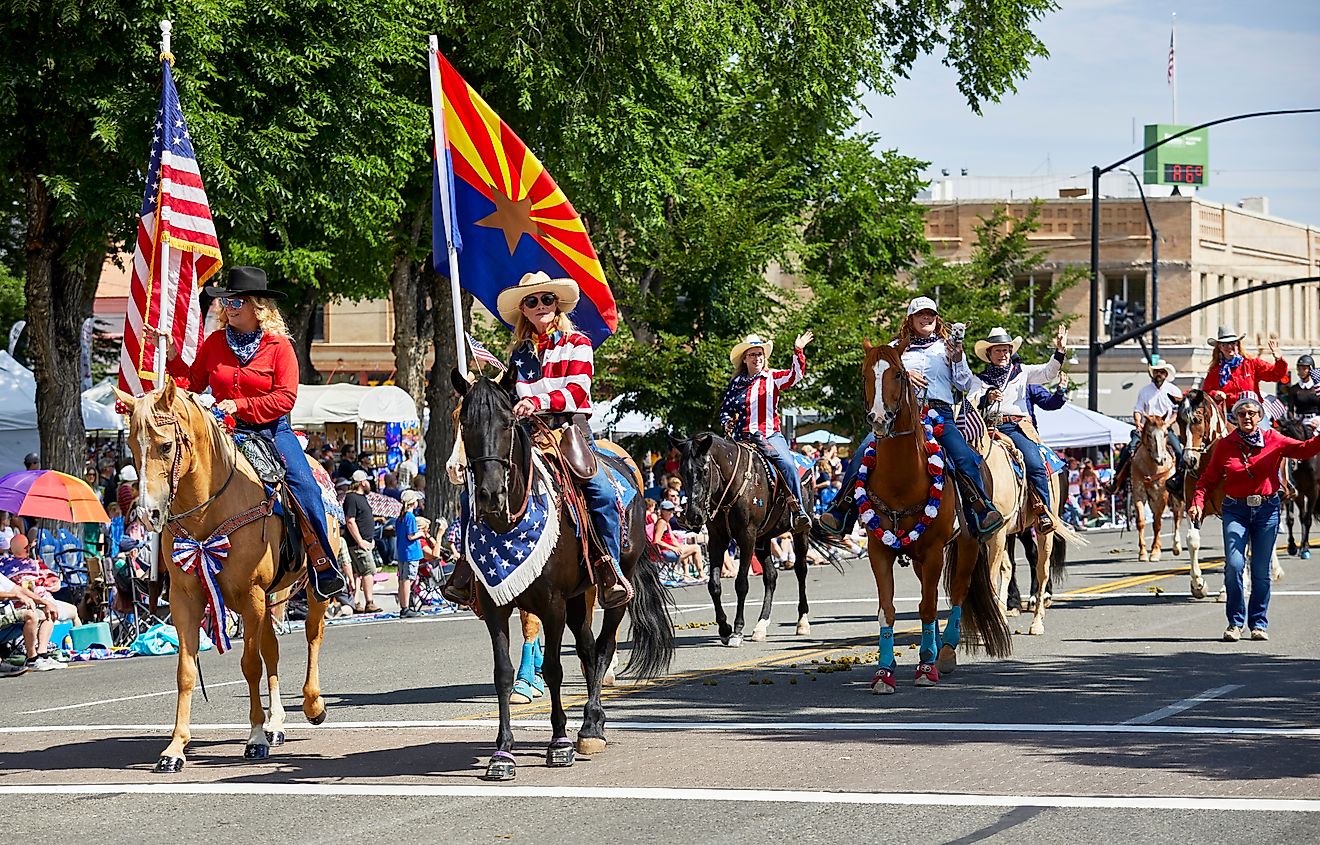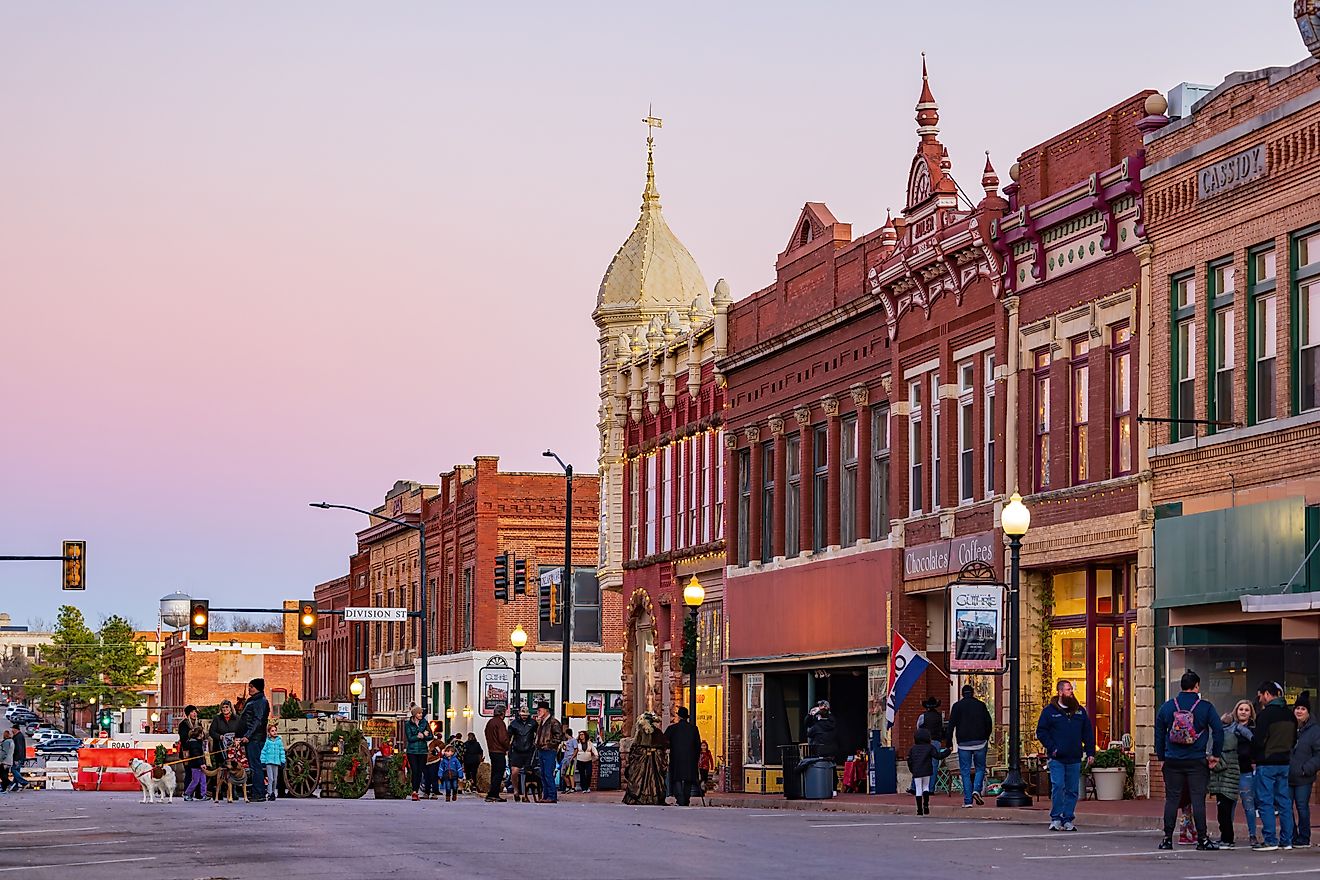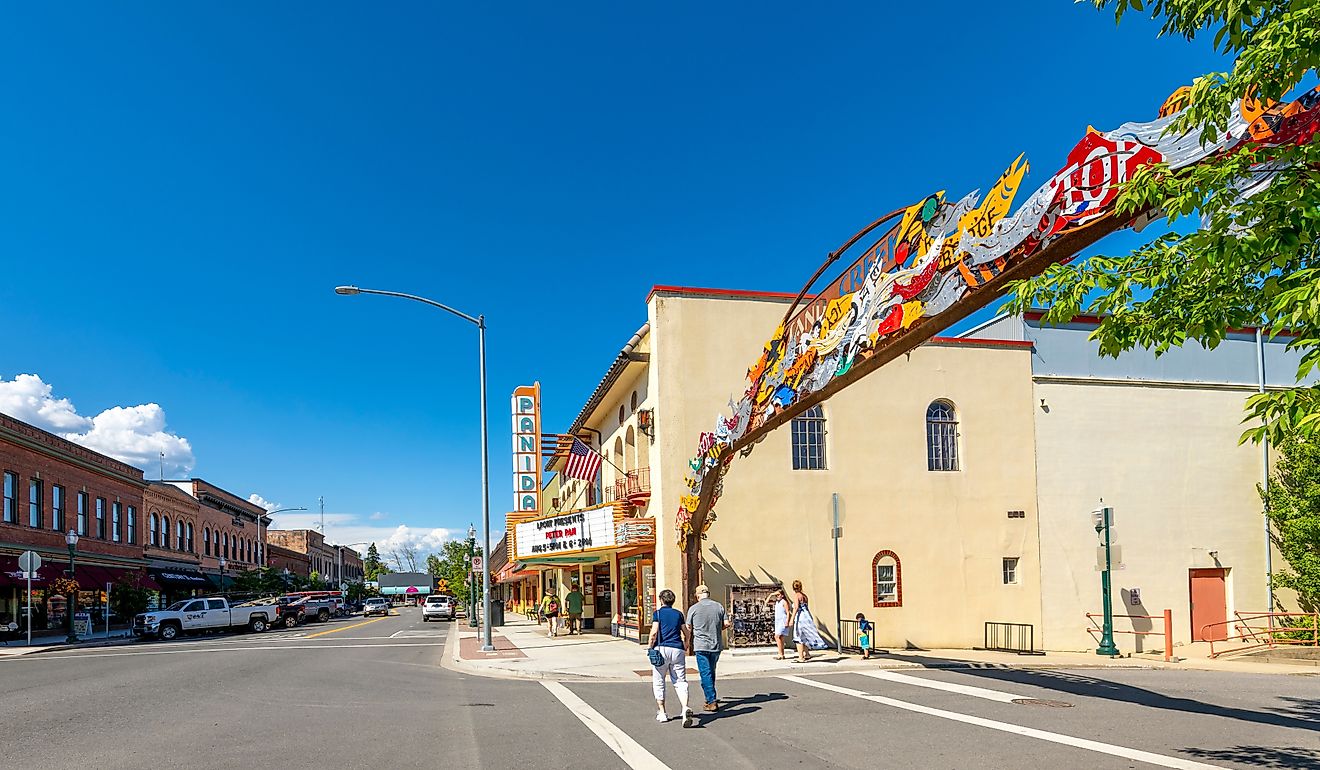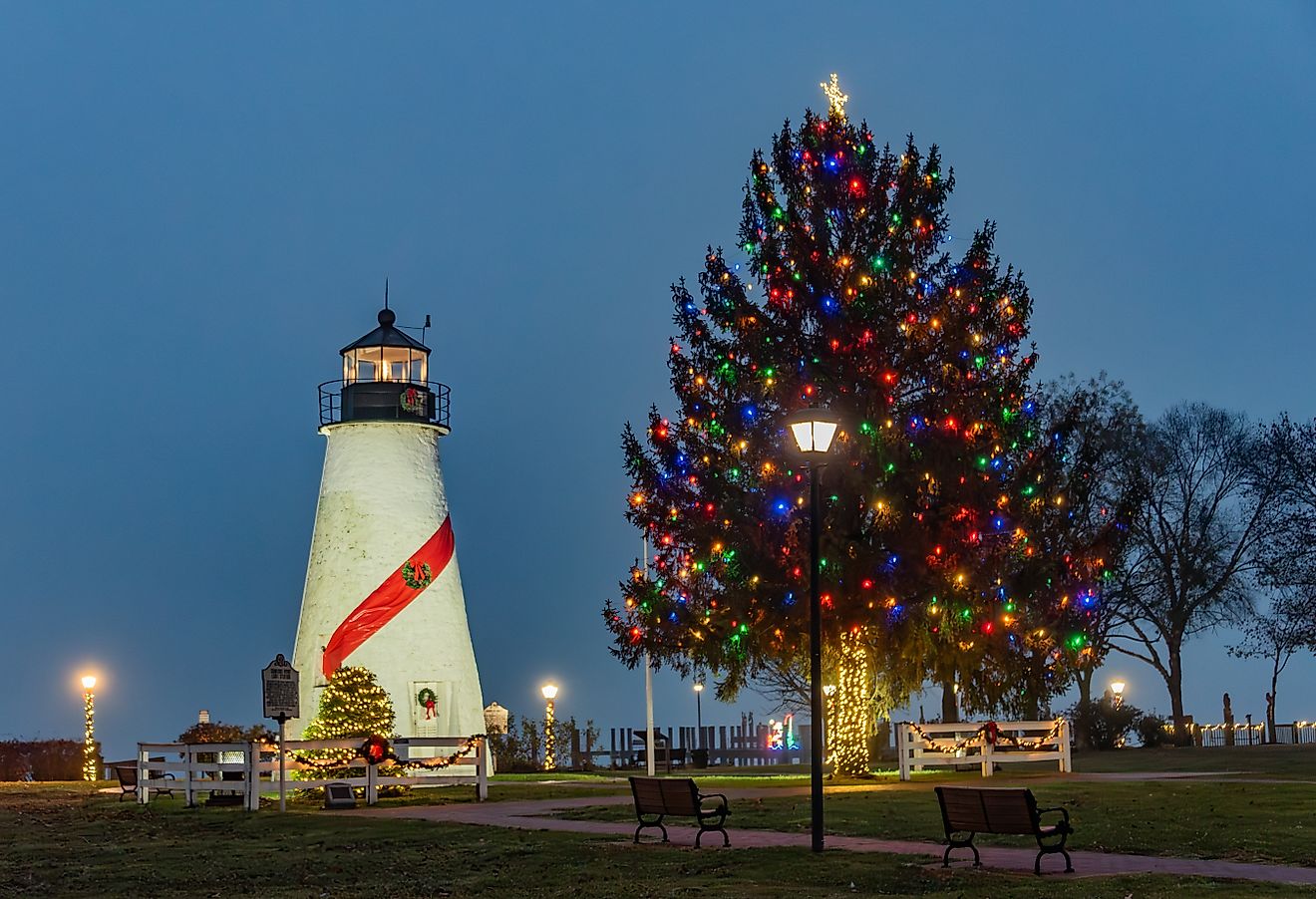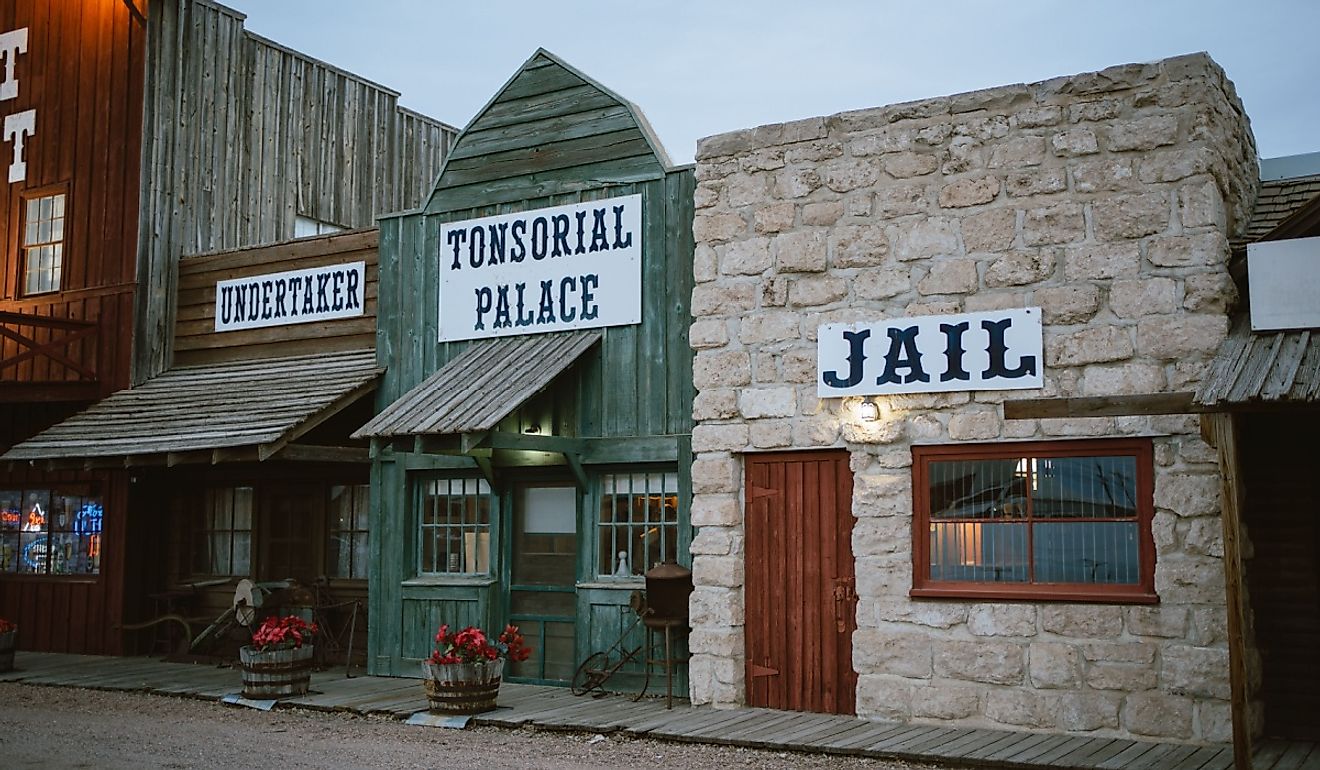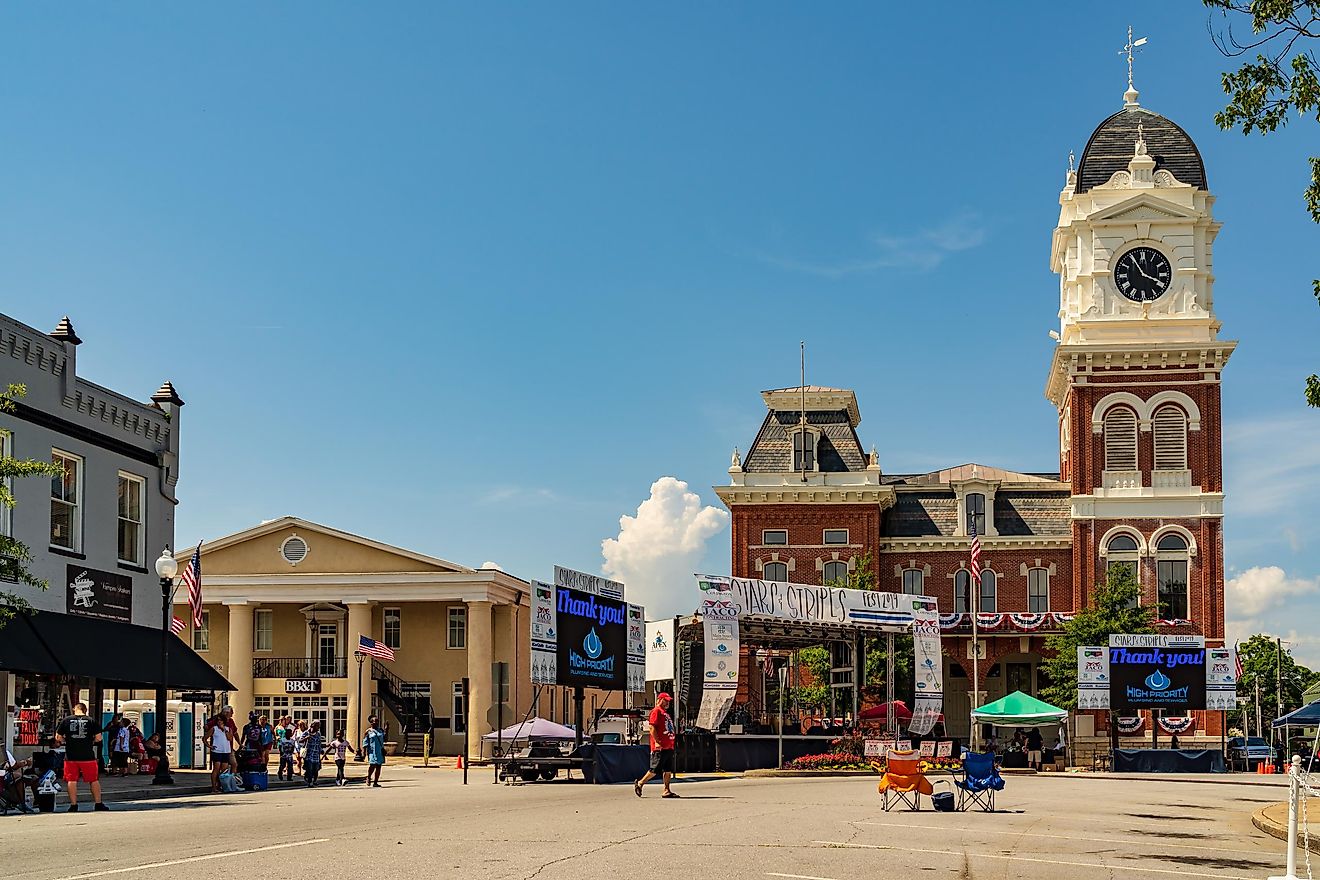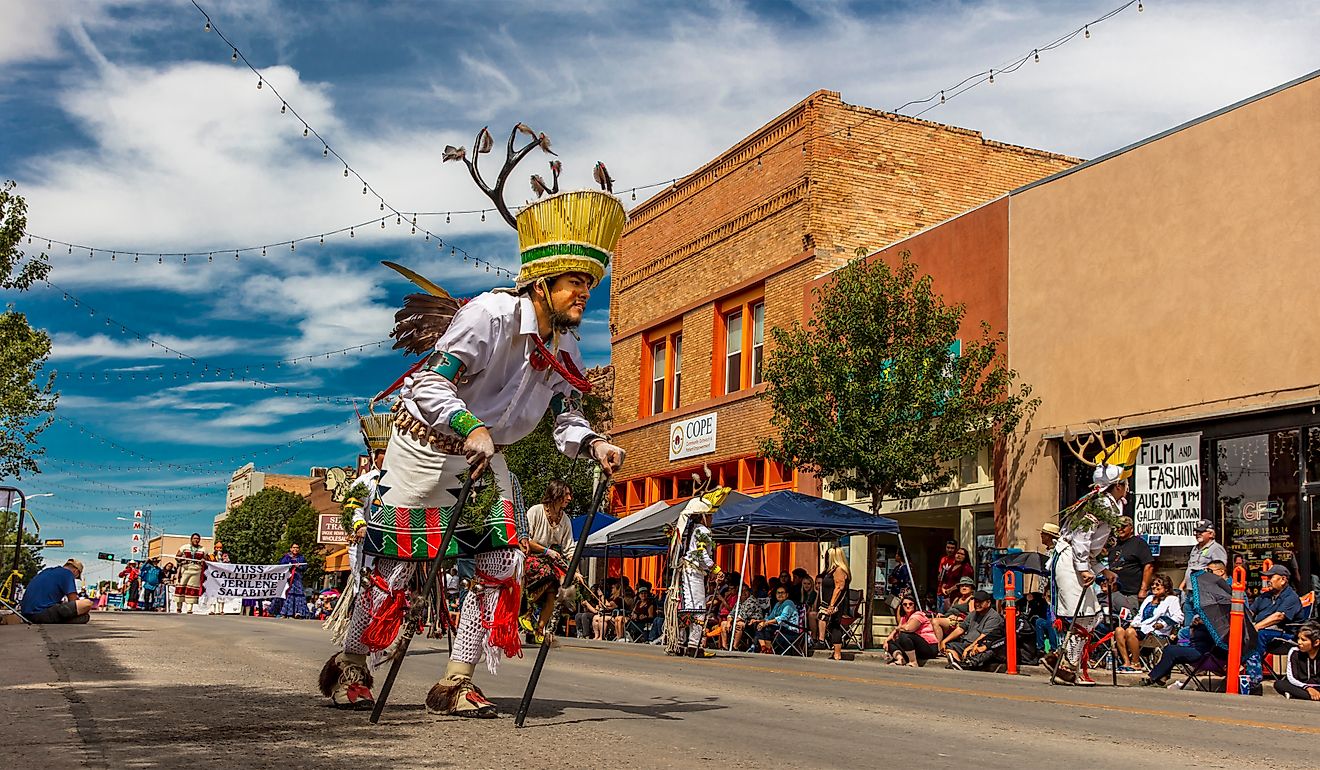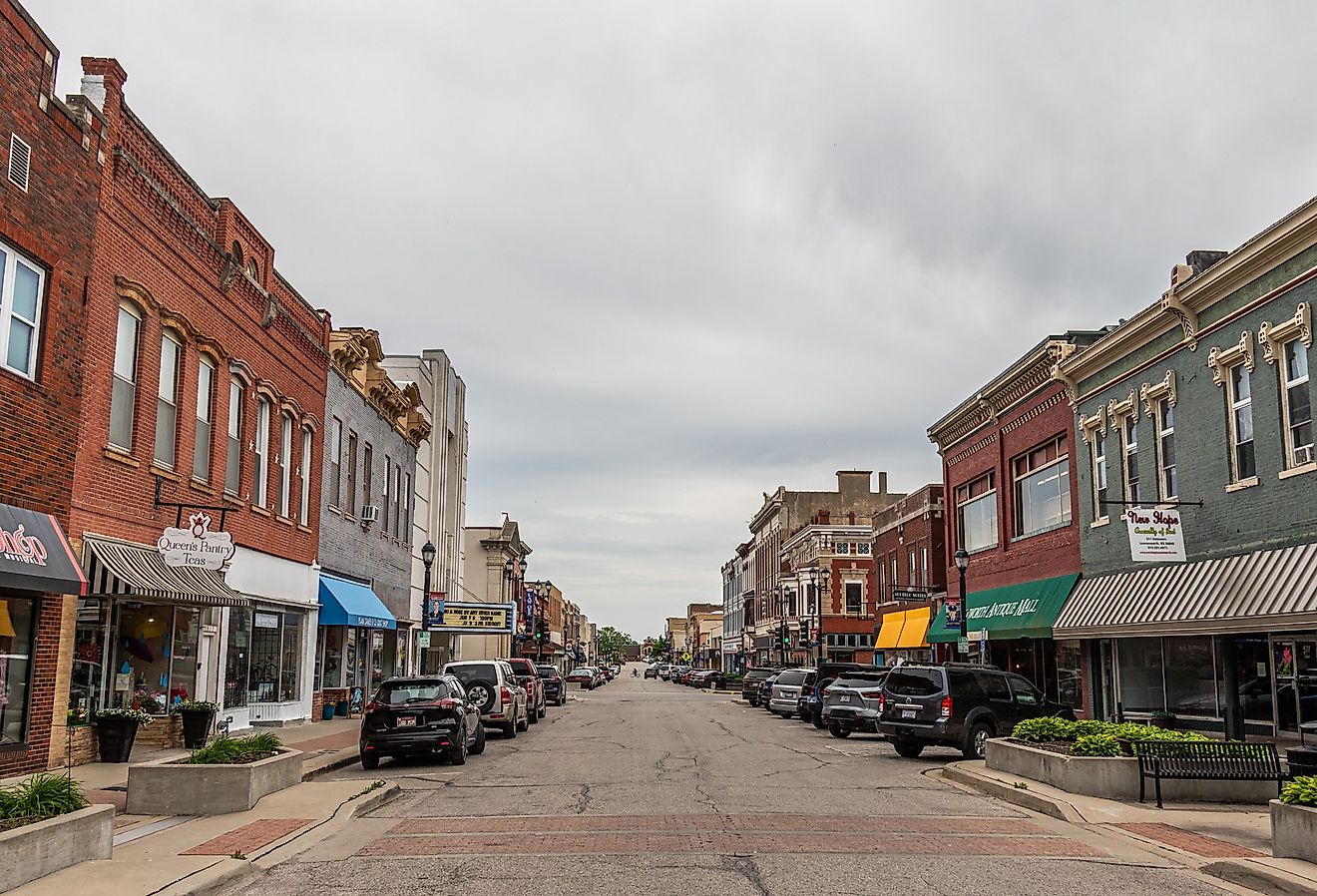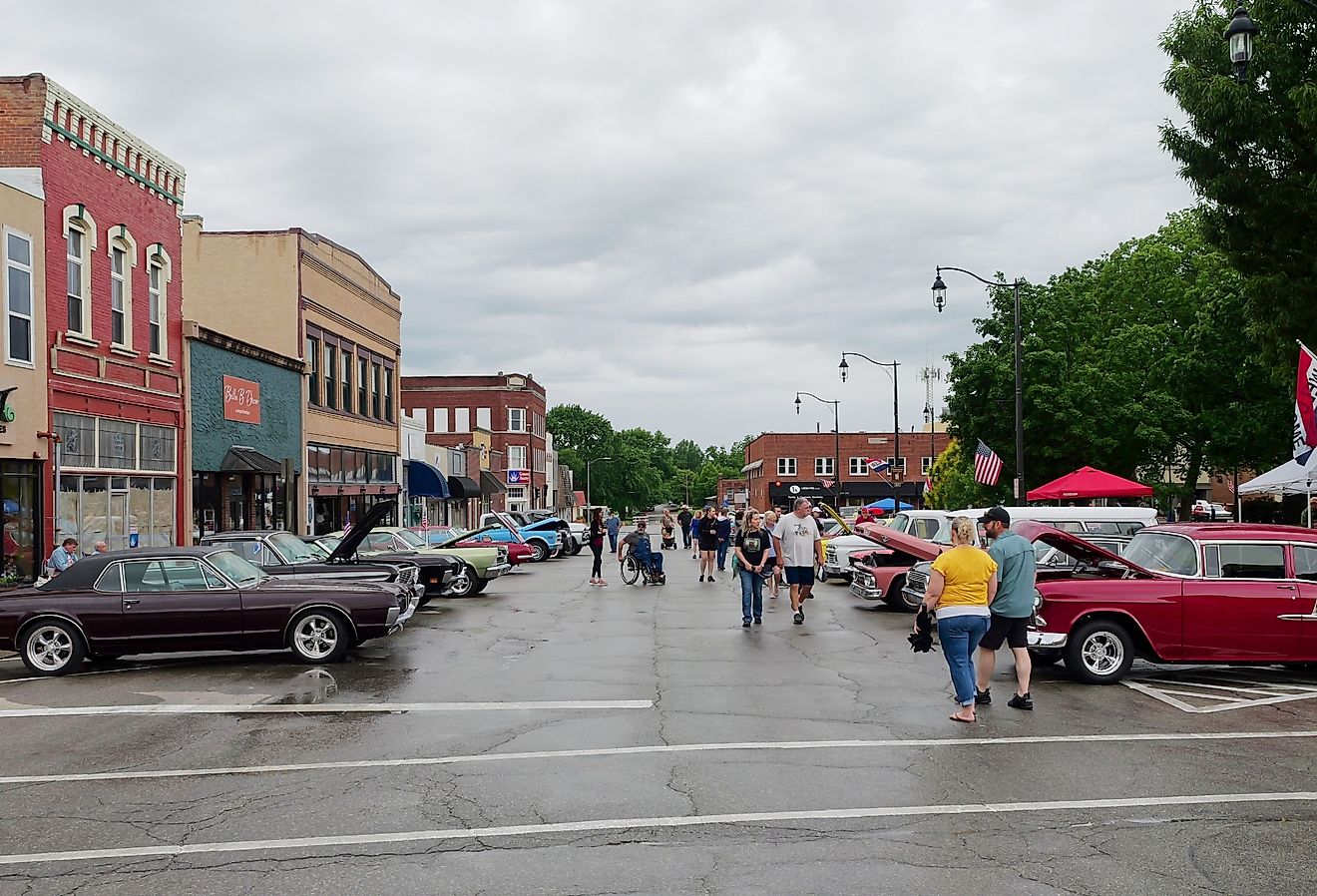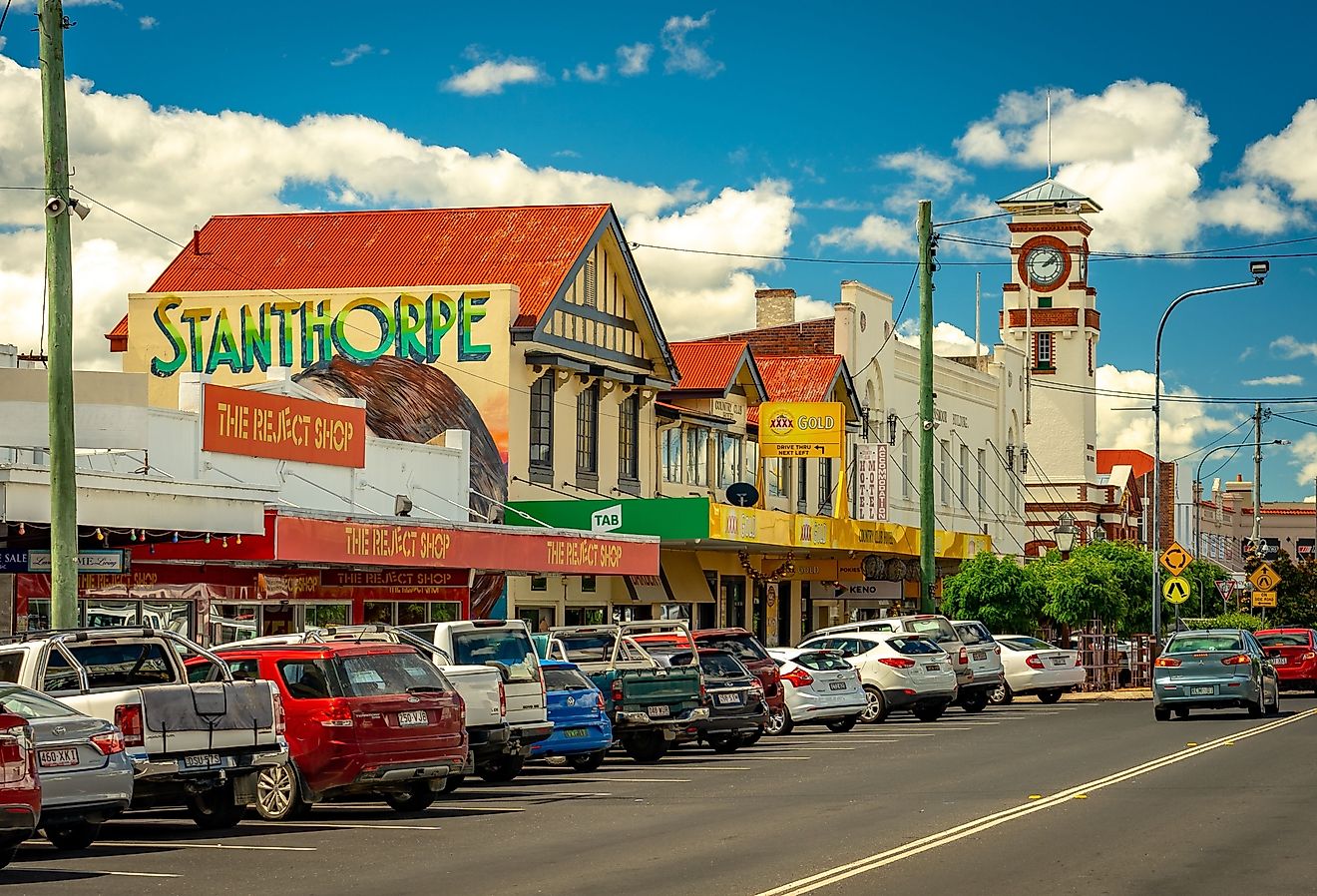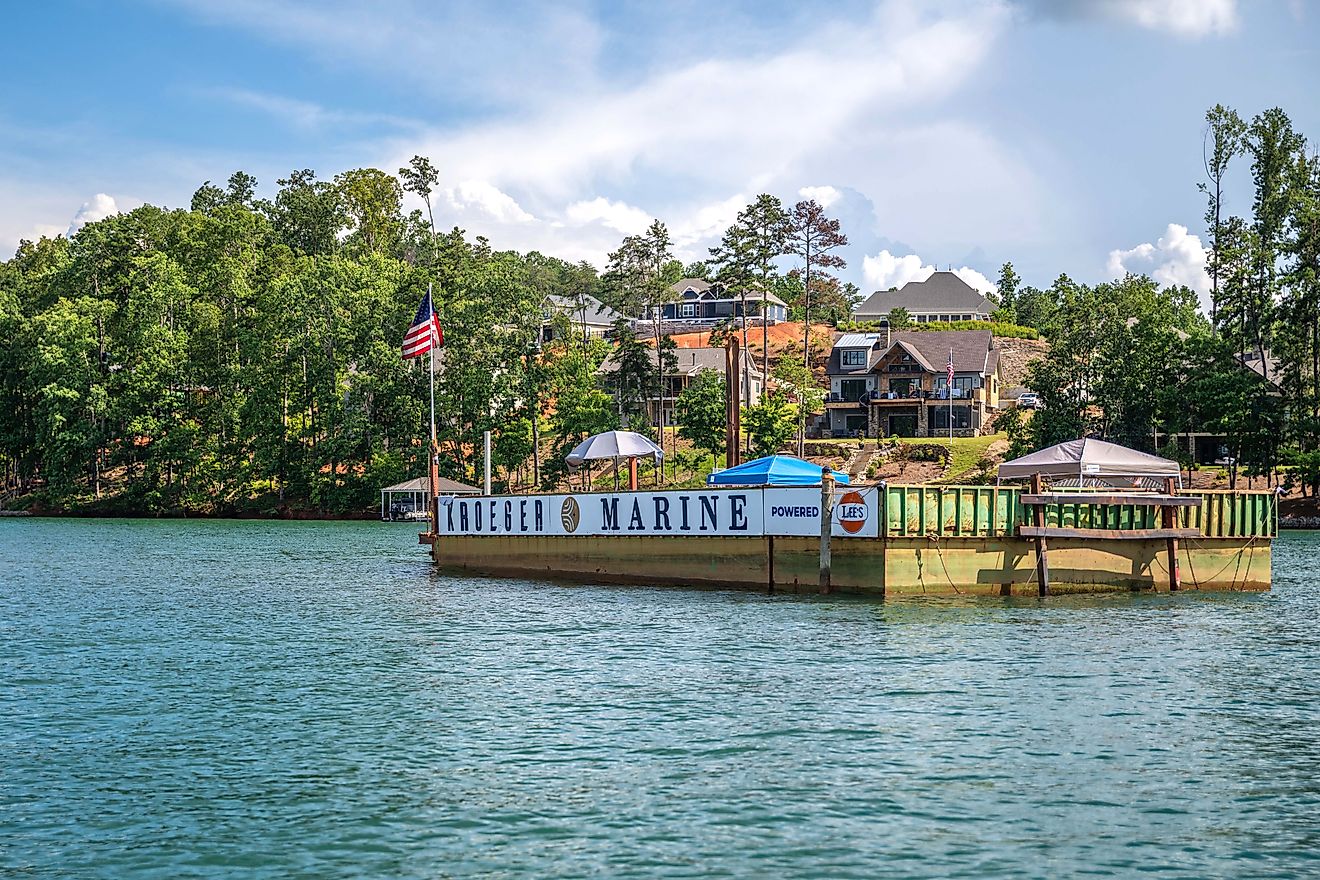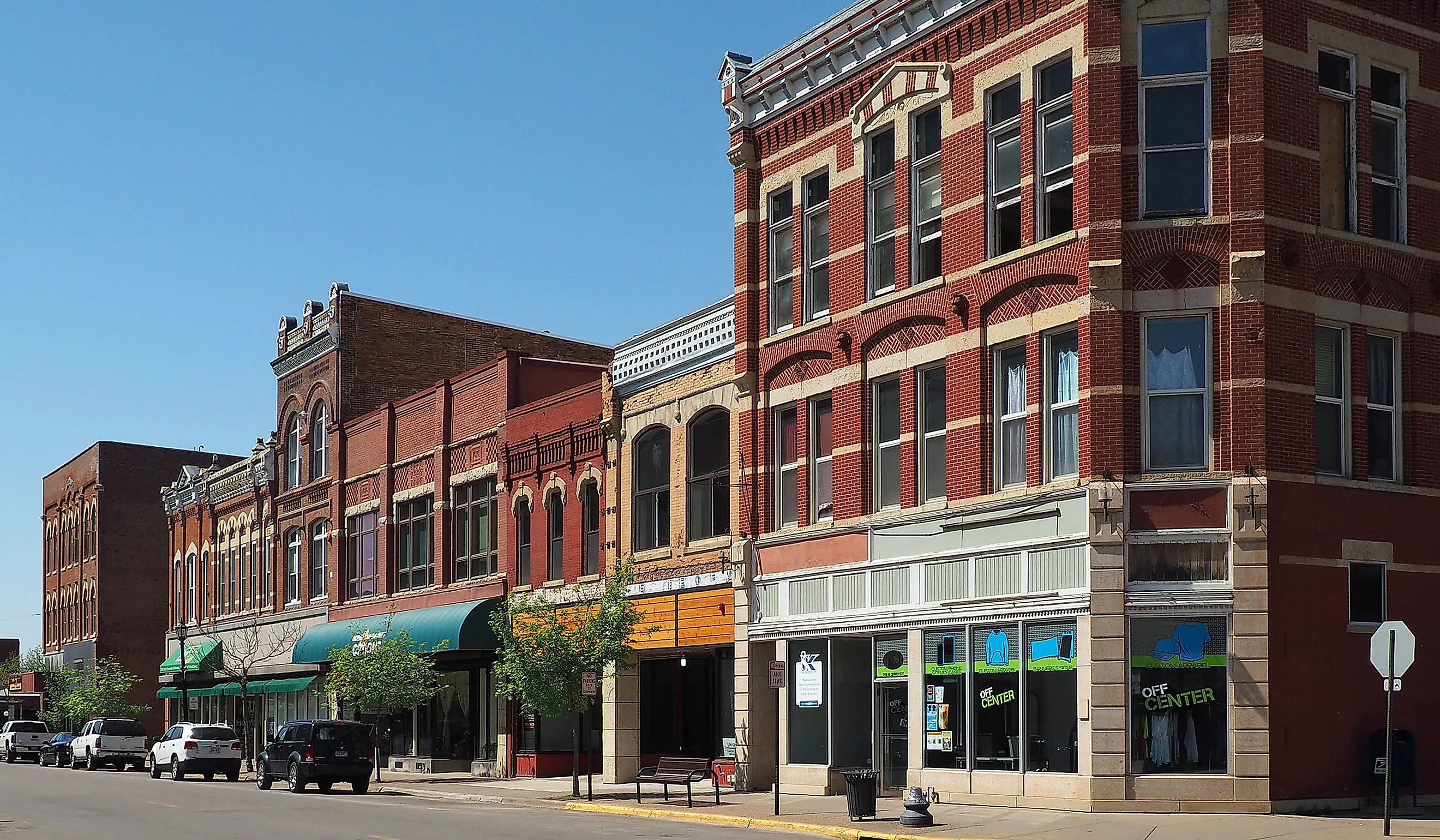
9 Most Neighborly Towns In Minnesota
Amidst Minnesota’s endless prairie grasslands and forests surrounded by thousands of scenic lakes and fields of farmland are vibrant cities and towns that have shaped the Land of 10,000 Lakes’. Minneapolis, St. Paul, and Rochester act as the main commercial and cultural hubs, but to find out where Minnesota gets its unique charm and hospitality, you’ll get answers in its many tight-knit towns. They are sources of understanding Minnesota’s homesteading past, migratory history, cultural preservation, and community building based on diversity and tradition. Here are 9 of the most neighborly towns in Minnesota.
Red Wing
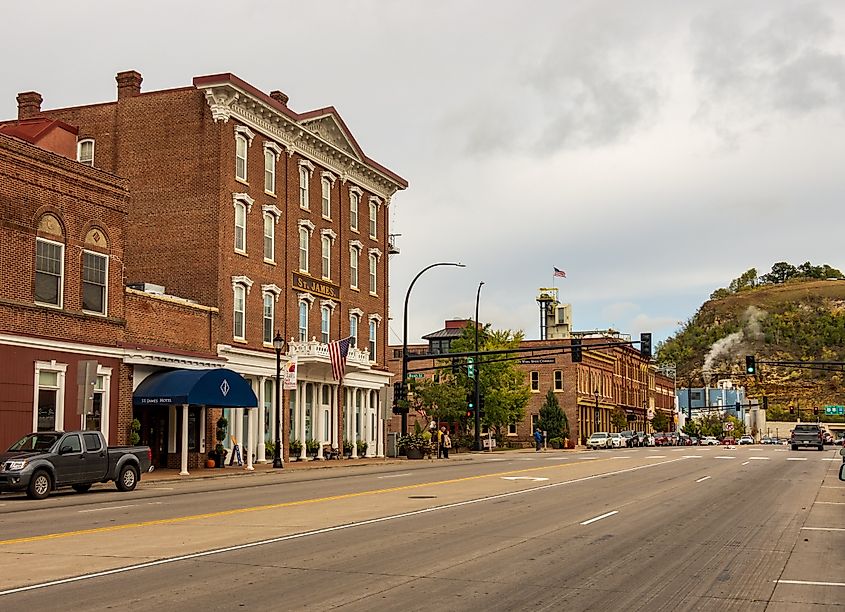
This picturesque town by the Mississippi River has built strong community ties with a thriving art scene, preserved history, and a small-town identity rooted in the legacy of the Red Wing Shoe Company. Historical The Sheldon Performing Arts Theatre and the Anderson Center for Interdisciplinary Studies are the main venues for art shows, artists’ retreats, and community events that make Red Wing a haven for artists.
The town is also known for its well-preserved historical landmarks like the T.B. Sheldon Mansion, a late 19th-century French Second Empire-style home, and the historic Memorial Park, once the site of a major limestone quarry. However, the source of pride in Red Wing is Red Wing shoes. It’s why you can’t leave Red Wing without a trip to the Red Wing Shoe Company Museum, where you’ll witness the world’s largest boot and an in-depth history of the company and the town that takes pride in it.
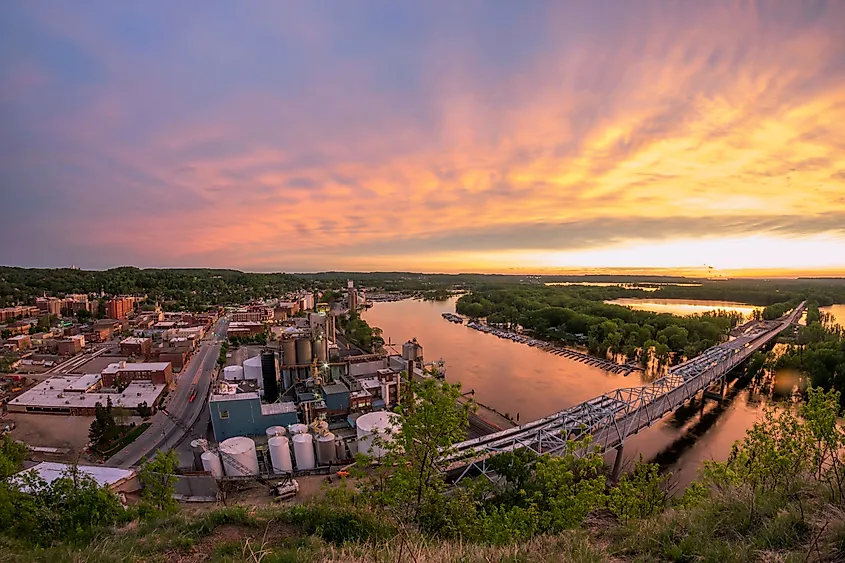
Starbuck
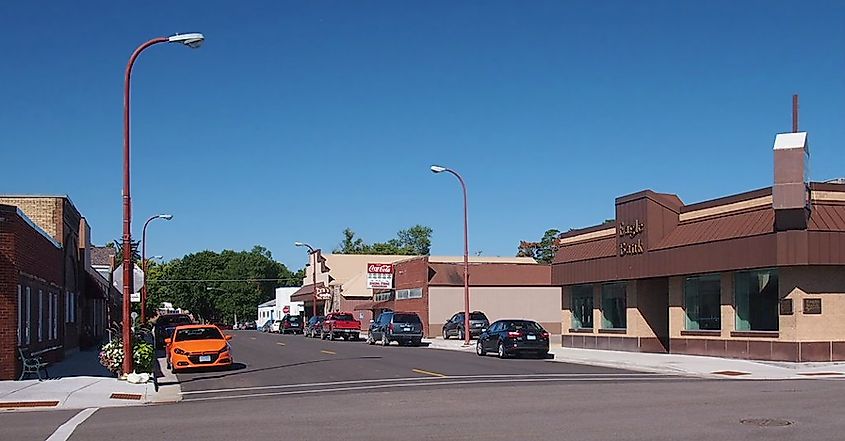
Norwegian immigrants began migrating to Minnesota in the 1800s, and their culture still has a big influence on the state’s cuisine, speech, and communal values. They established farming communities across the state, and the charming lake town of Starbuck is one of them. The Starbuck Depot Museum, a former railway station transformed Starbuck into an agricultural trade center, and today, it serves as a museum and the town’s cultural center. The open museum houses a fully restored caboose, a schoolhouse, and a traditional threshing kitchen furnished with a woodfire stove and metal benches.
The Starbuck Depot also serves as the center for the town’s three main Norwegian-themed festivals, Lefse Dagen, Heritage Days, and Eple Tiden. If that isn’t as Norwegian as it gets, visit Starbuck’s Holly Skogen Park, a tribute to Scandinavian culture, littered with Norwegian trolls and a Viking Ship Mooring rock. This town by beautiful Lake Minnewaska welcomes everyone and is a prime example of Minnesota’s old-fashioned charm and warmth.
New Ulm
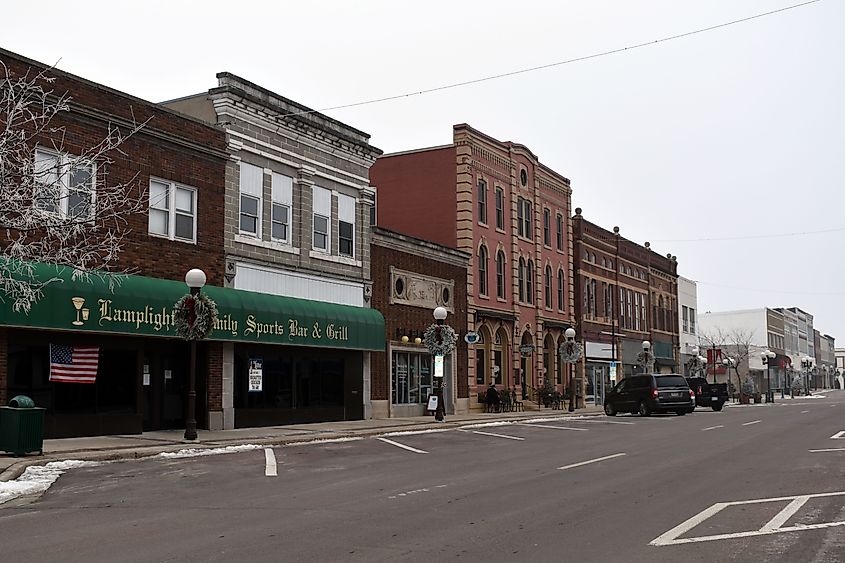
New Ulm is known for being “The Most German of German Cities,” and it lives up to its billing as it has preserved a lot of its German identity through museums, culture, and festivals. Many of the town's original German settlers hailed from the German state of Baden-Wurttemberg, and their German culture and heritage are still celebrated in festivals such as the Hermann Fest, a summer German festival celebrated near the Hermann Heights Monument, which is a remembrance of German ancestry in Minnesota. The festival features live German music, food, and beer from New Ulm’s historic August Schell Brewing Company.
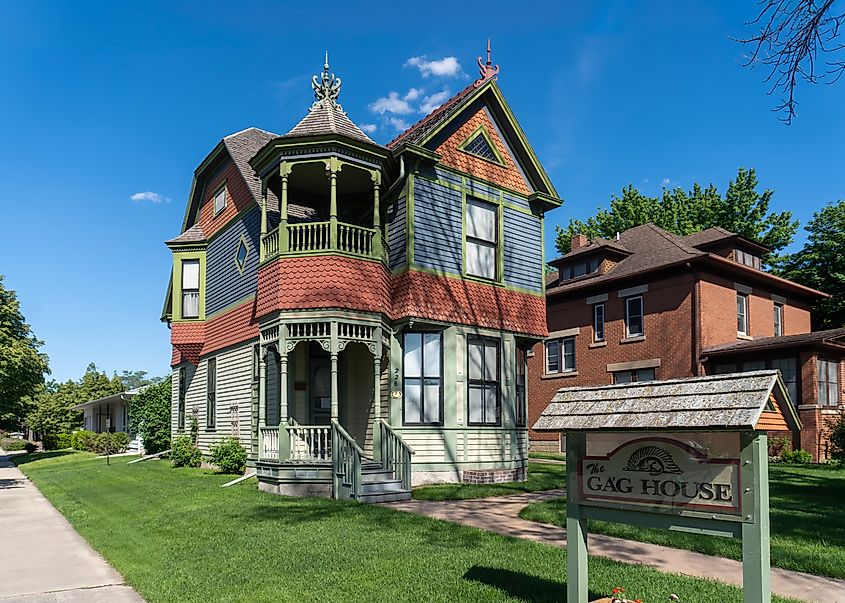
Visitors can discover more of the town’s German heritage and history at the Brown Country Historical Society. This museum stores 170 years of New Ulm’s history, charting the history of its German migration, preservation, growth, and conflict during the US-Dakota War of 1862. New Ulm’s deep connection to its cultural heritage is a big part of its community-oriented atmosphere, making it one of the best neighborly towns in Minnesota.
Winona

The railroad, steamboat, wheat, and lumber industries made Winona a prosperous town in the second half of the 1800s and, for a time, had more millionaires than any other American city. Today, this university town retains some of its glory days through the historical preservation of monuments, buildings, and the heritage of its early settlers. Buildings like the Winona Hotel, The Winona County Courthouse, and the Abner F. Hodgins House are late 19th-century buildings that have seen the rise and fall of this charming southeastern Minnesota town by the Mississippi.
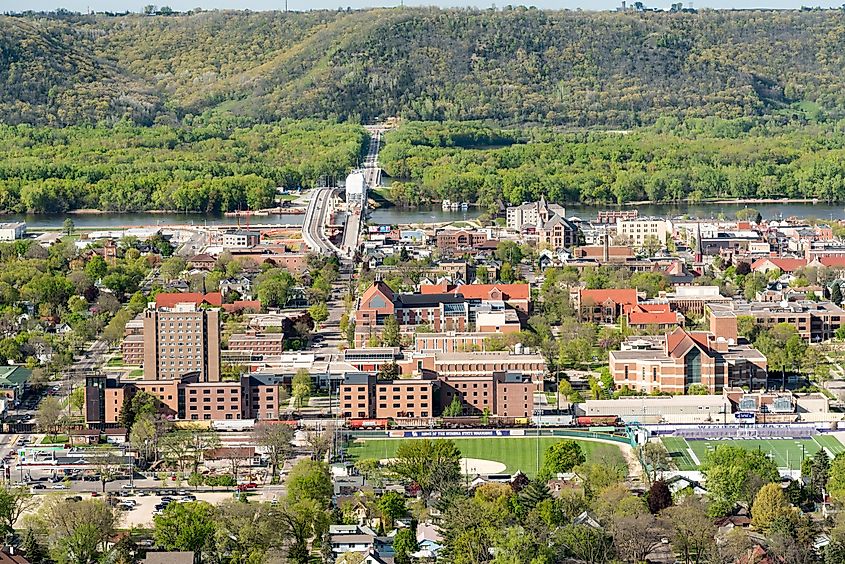
But history isn’t the only thing this town takes pride in. The town’s Polish and Kashubian influence adds to its rich small-town culture, evident in buildings like the Basilica of Saint Stanislaus Kostka and the Kashubian Cultural Institute and Polish Museum. Long-running cultural festivals like the Great River Shakespeare Festival and Winona Steamboat Days are also a big part of Winona’s community culture and pride.
Spring Grove
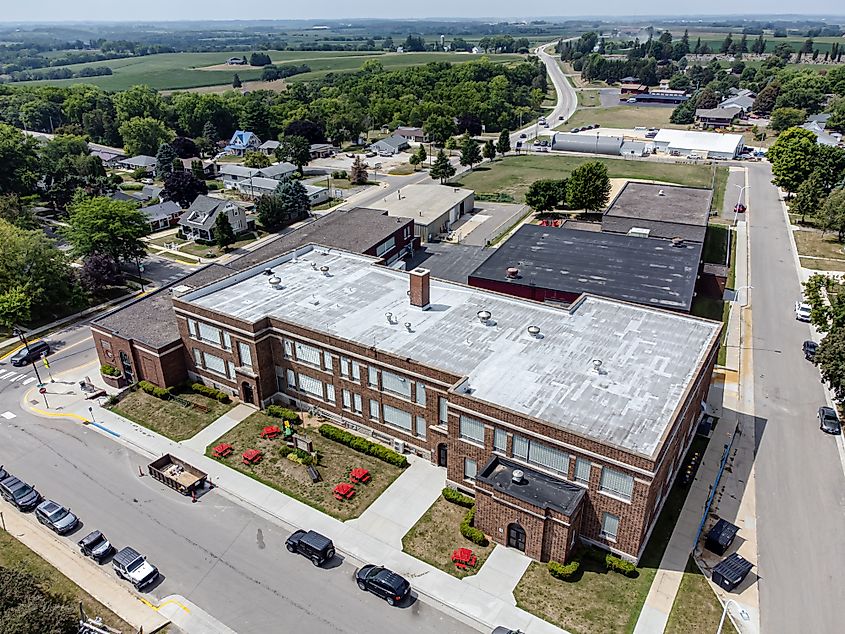
Spring Grove is the first Norwegian settlement in Minnesota and is known as “The Most Thoroughly Norwegian Town in the United States.” It continues to unite its community and create a sense of belonging through its Norwegian-themed celebrations, heritage landmarks, and its support for the arts. The Giant of The Earth Heritage Center continues to preserve Spring Grove’s Norwegian Ridge history and heritage, featuring exhibits of the region and an exhibit of work by Norwegian cartoonist Peter J. Rosendahl.
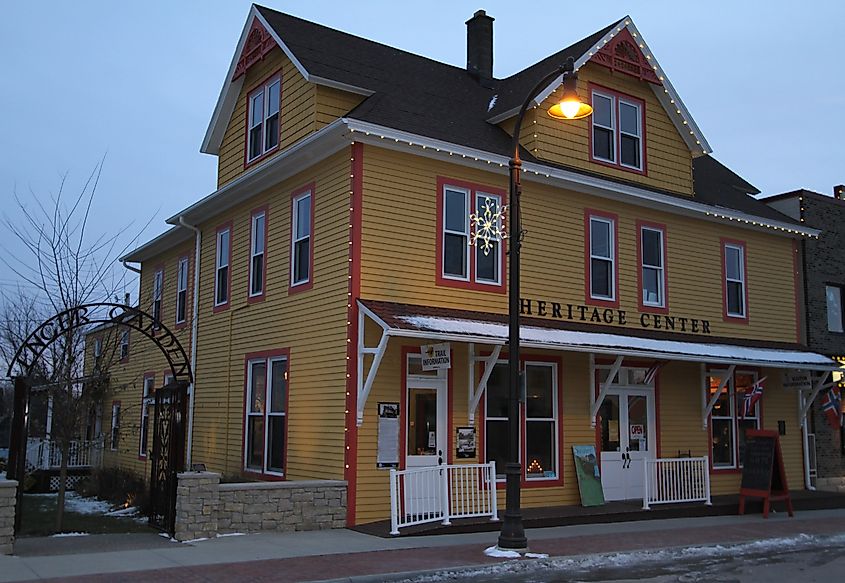
The arts also play a big part in Spring Grove’s community, and The Ye Olde Opera House often presents children's shows, plays, and musicals. The Ye Olde Gray Barn, a former working horse barn, offers the alternative of musicals and shows under the stars in the summertime. You can get some of Spring Grove’s strong community vibes by getting into a festive mood at the town’s Norwegian festivals like the Syttende Mai festival and the autumn festival, UffDa fest.
New Prague
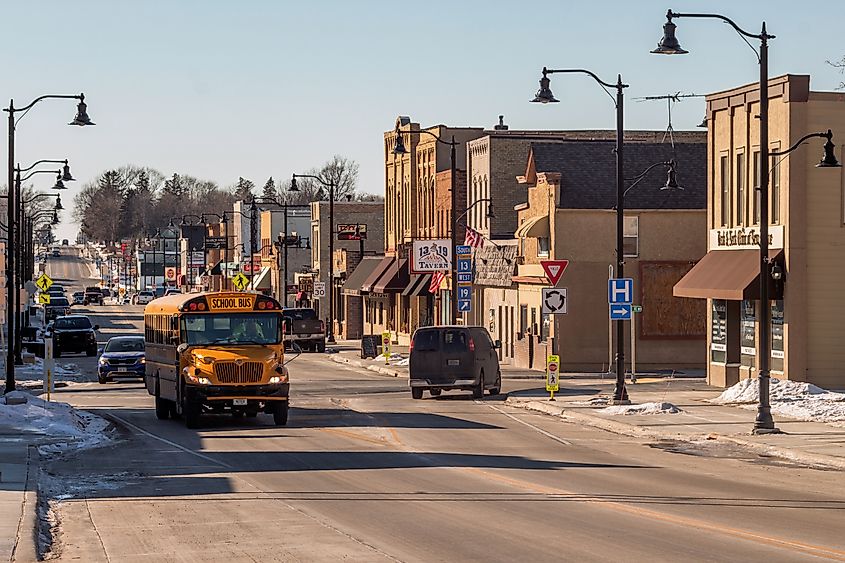
New Prague is unlike any other Minnesota town you will visit. Its deep connection to Bohemian and Czech roots still influences its culture and community development. Named after the capital of the Czech Republic, New Prague played a key role in attracting Bohemian and Czech migrants in the 1880s. Buildings like the St. Wenceslaus Catholic Church are among the earliest built by its first settlers that still stand today.
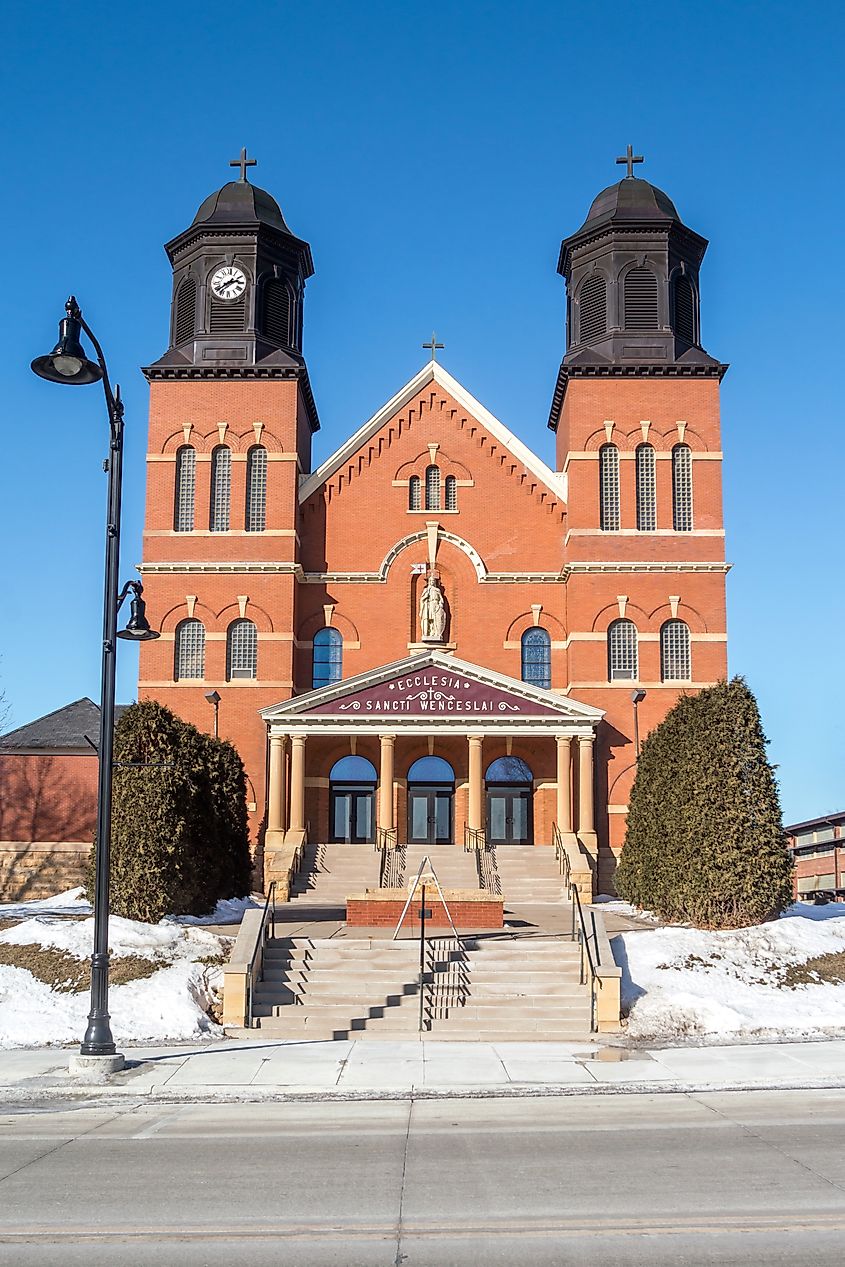
New Prague was also a major market for farm produce in the late 19th century. Its glory days as a regional agricultural hub and the history of the town and settlers are preserved by the exhibits of the New Prague Area Historical Society. Some of its must-see exhibits showcasing rural and earlier settler life are the Centennial Log Cabin and the History Shed. But to truly get into the spirit of this community’s closeness and its heritage, you have to attend its Dozinky Festival, which is a Czech harvest festival celebrating a bountiful harvest.
Sleepy Eye
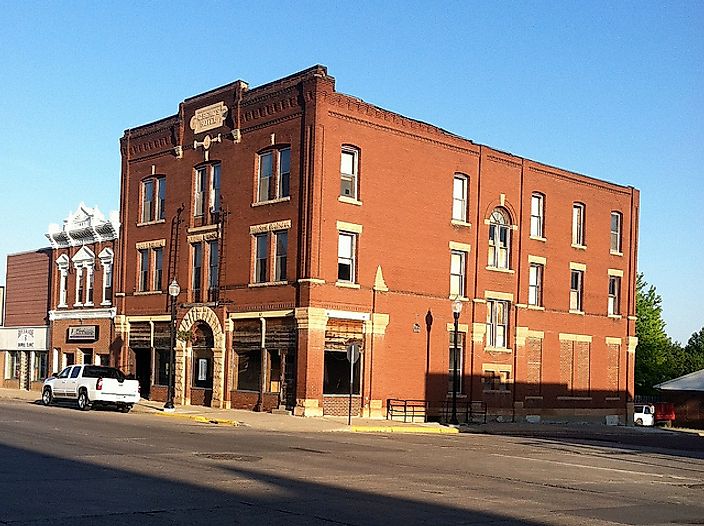
It’s easy to understand why the population of Sleepy Eye has a strong sense of community pride. This small quaint town surrounded by parks and lakes offers its residents a peaceful and affordable quality of life. Many of the local businesses are still family-owned and every third weekend in August, the town celebrates its community togetherness and agricultural roots with its Buttered Corn Days Celebration.
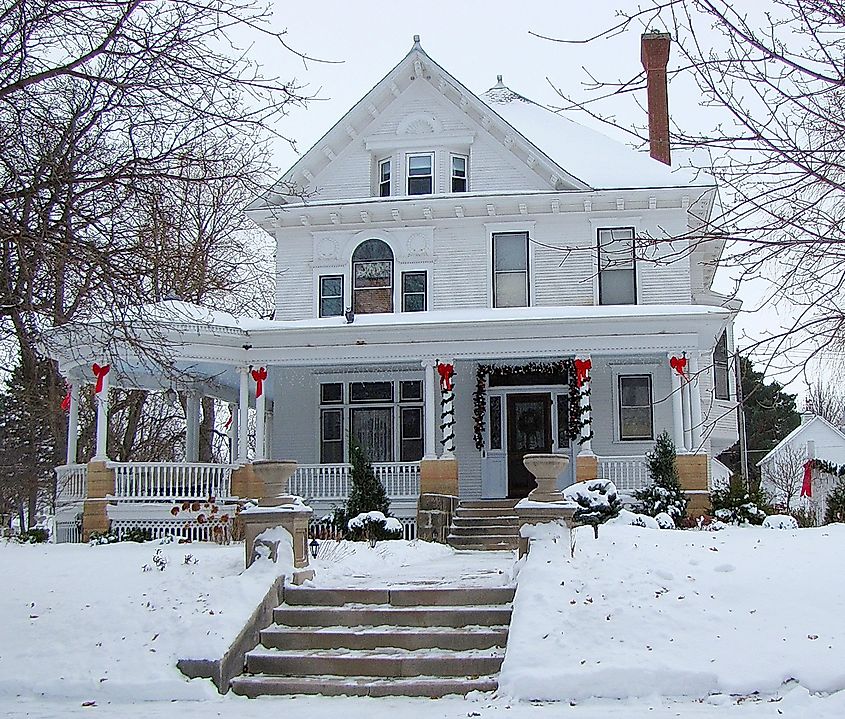
A visit to the Sleepy Eye Depot Museum, a restored railway depot exhibiting the town’s Native American and settler history, will give visitors insight into the town’s rich history. Sleepy Eye is also home to two historic districts, the South Broadway Historic District and the South German Street Historic District, as well as historical buildings like the 145 Main Street West Hotel and the W.W. Smith House.
Harmony
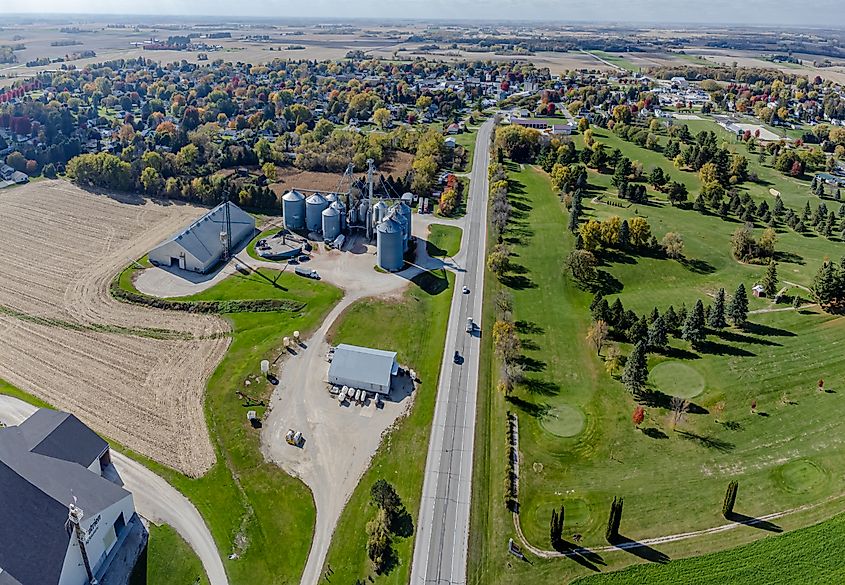
Harmony is known as the “Biggest Little Town in Southern Minnesota,” and its large Amish community is the backbone of this town, which includes community development, tourism, and commerce. The Amish community in Harmony is private, but you can take a deep dive into Amish culture and lifestyle by taking a Harmony Amish tour through an Amish homestead.
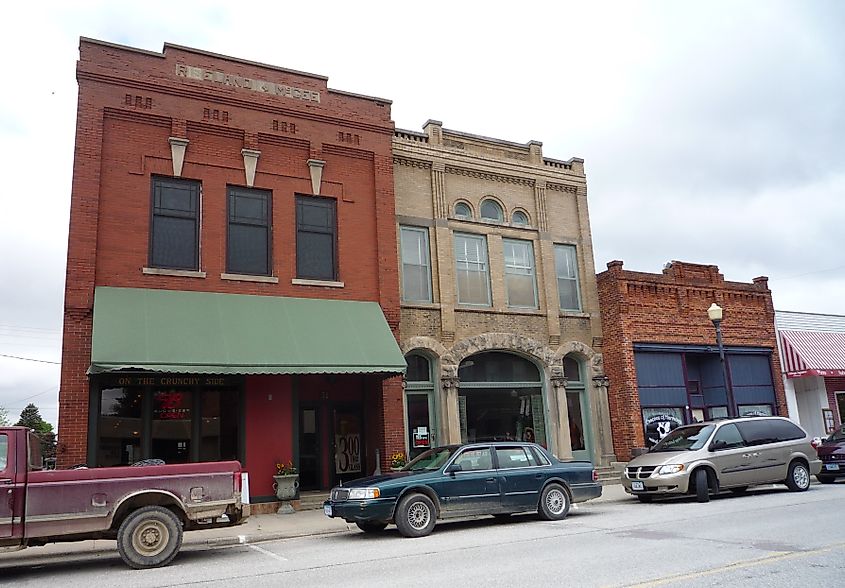
You can also purchase Amish-made crafts and food at Amish-run businesses like Five Star Weaving, New Generations of Harmony Antique Mall, and Village School Quilt Shop. Other areas of interest in this big little town with old-world charm are the historic JEM Theatre and Harmony Opera House, as well as the Niagara Cave, which features a 60-foot waterfall in its largest room.
Bemidji
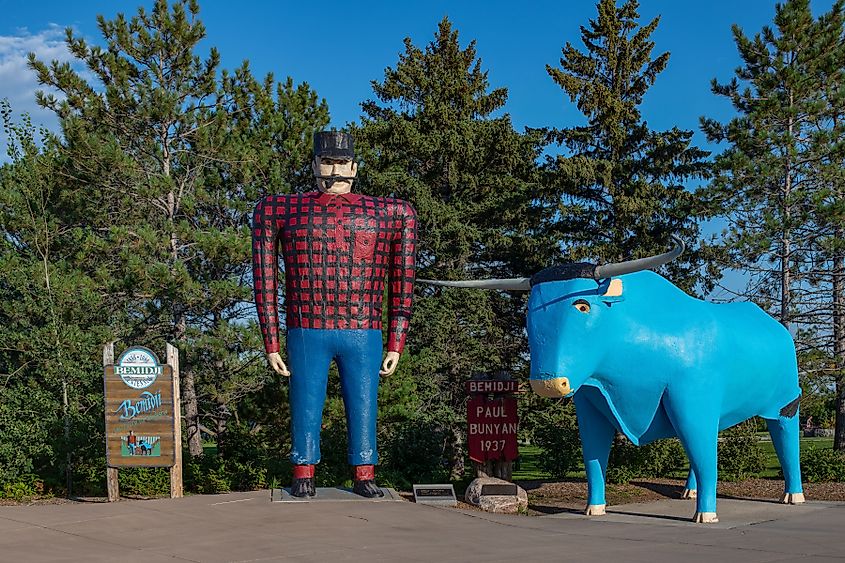
A big part of this lake town’s social fabric is the presence of Bemidji State University and its resident's love of the outdoors. Lake Bemidji is a popular destination for summer fun in the sun and a popular spot for ice fishing in the winter. Being a town on the Mississippi River also provides visitors and residents with kayaking, canoeing, and cruise adventures on the historic river. Lake Bemidji State Park is also a great place for easy hikes and getting lost in nature.

At Bemidji State University, its Alumni and Foundation department is housed in one of the few examples of a 1930s Streamline Moderne-style house. The university’s Chet Anderson Stadium has been bringing the community together for university sporting events since 1939 and its proximity to Lake Bemidji makes it one of the more scenic venues in college athletics. Bemidji’s community spirit, however, truly comes to life during the annual celebration of Paul Bunyan Days, celebrating the logging heritage of the region.
Minnesota may not be a popular destination compared to other Midwestern states like Illinois and Ohio, but if you are adventurous enough to explore the Gopher State, you’ll find out that its rural and small-town culture is still thriving because of the simplest and often forgotten gesture, being neighborly. The neighborly towns in Minnesota are a great example of communities built on heritage and history that foster diversity, hospitality, and belonging.
